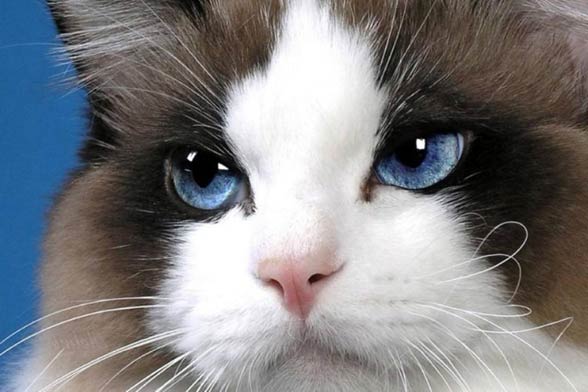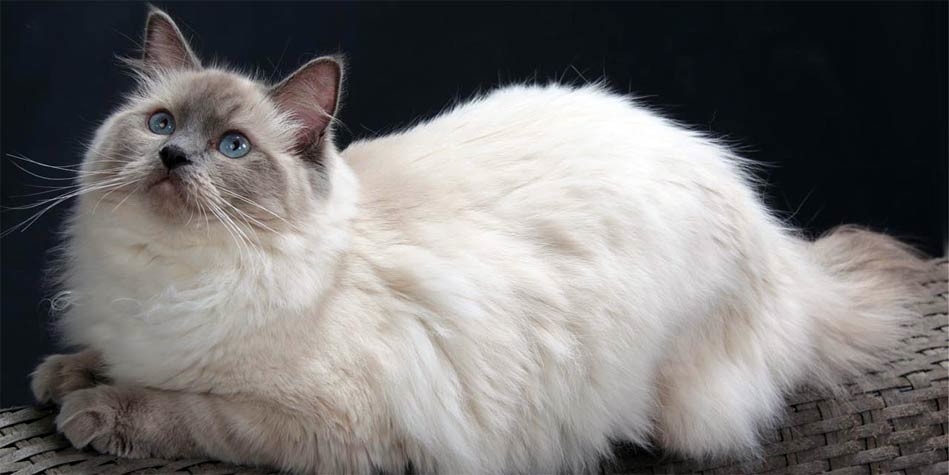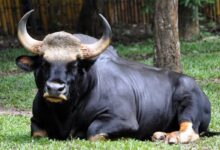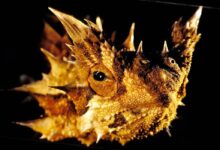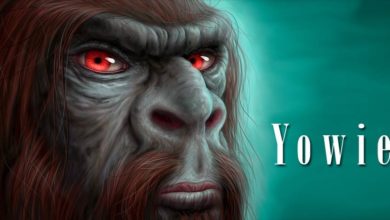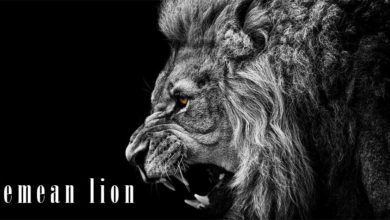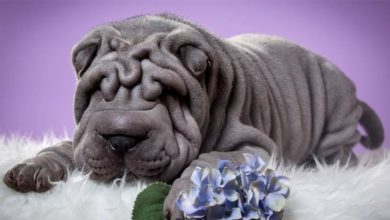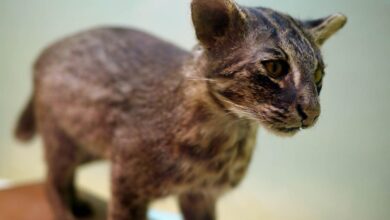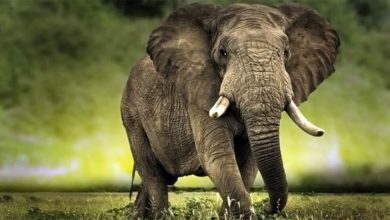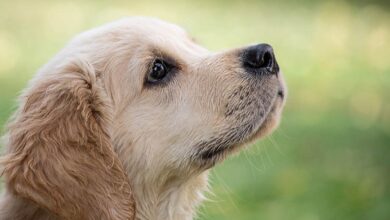Ragdoll – blue-eyed cat
We have already published many articles about dog breeds, it is time now to present you some cat breeds. Certainly, they are interesting as well. What is more, some of them definitely break the stereotype of a cat as an extreme individualist that does not need people. Ragdoll, a big, beautiful, blue-eyed cat is a perfect cat for families and people who like to give a lot of affection to their pets.
FIFe classification
- Category II: semi-longhair cats
- EMS (Easy Mind System) code: RAG
- Full name of the breed: Ragdoll
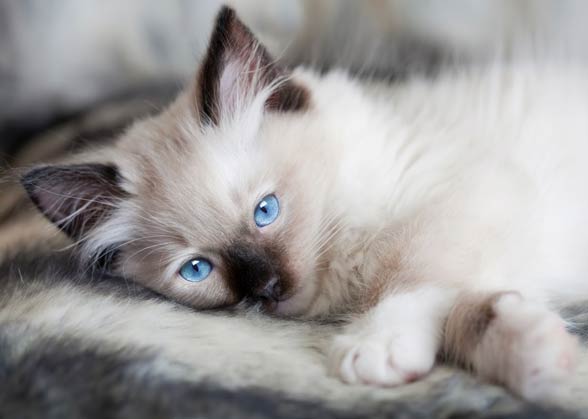
The history of the breed
It is said that the place of its origin is California. A lovely half-wild female cat called Josephine lived there with Ann Baker, who helped it after a car accident it had undergone. It looked like a crossbreed of a Turkish Angora and a Persian cat. Having observed its friendly nature, Baker decided to create a breed that we know today as Ragdoll.
In order to create this breed, Ann crossbreed the cat with the Burmese or Birman males. During subsequent years, as a result of the crossbreeding, the kittens were born with characteristics traits, such as big size, placid nature and a tendency to go relaxed and limp when picked up. Moreover, they had an extraordinary coloration.
In the beginning, the breed was rejected by the felinology associations. Ann Baker decided then to establish her own association in 1971 – International Ragdoll Cat Association (IRCA). It still exists today, however, it is not really important anymore, especially after Baker’s death in 1997. The biggest breed’s club nowadays is Ragdoll Fanciers’ Club International (RFCI).
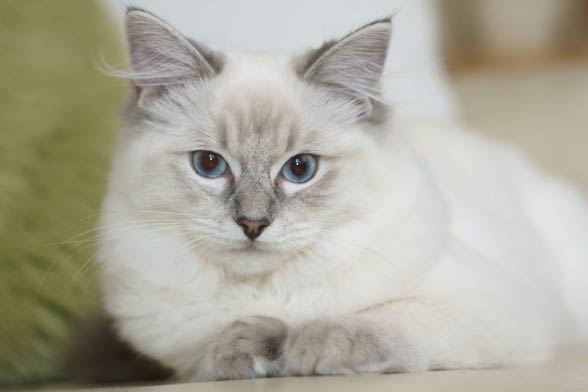
Characteristics
Ragdoll is one of the biggest domestic cat breeds. Females achieve 6.6–6.8 kg (14.5-14.9 lb) and males can have 5.4–9.1 kg (11.9-20 lb) or even more.
The same genes that are responsible for Ragdoll’s coloration contributed to Ragdoll’s beautiful blue eye color.
Ragdoll has a soft, practically plush coat, that thanks to its texture and coloration resemble this of a Birman cat. However, Ragdoll is much bigger and has a white chin. Within the breed, there are six different colorations: red, chocolate, dark grey, blue, lilac and cream. In addition to that, Ragdolls may have three different patterns:
- Pointed – a Siamese color. The coat is all white just after a cat’s birth, then it darkens with age, especially on ears, paws, head and in the case of males – on a scrotum.
- Mitted – cats have a white chin, fore pawns, hind pawns and a stripe on the abdomen.
- Bicolor – cats have white paws and abdomen, sometimes white patches on the back and an inverted “V” on the face.
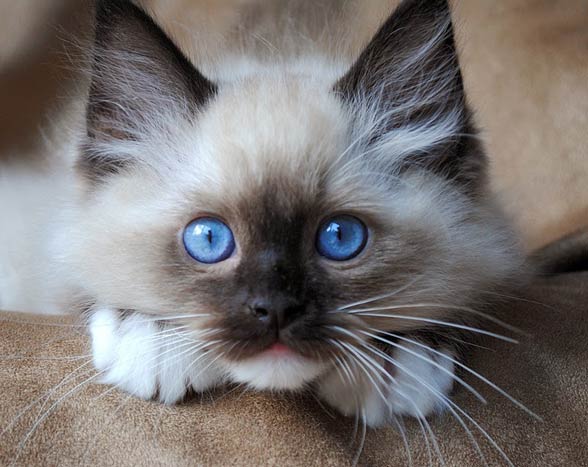
Temper
Ragdolls are known for their docile temperament and friendly attitude towards people. They love spending time with their owners and in order to be noticed, they may draw their attention and affection by meowing or touching them with a paw. They are not intrusive though. They are able to keep a distance and wait for their owner to notice them. Ragdolls may seem to be inaccessible and practically ducal. On the contrary, they require a lot of affection.
Even though people do not always have time to pet their cats, Ragdolls like to spend time with them, watching them doing their everyday activities. Cleaning may be a lot of fun when this animal is around – it may chase a mop or a cleaning cloth when a floor is cleaned, treating them like its prey. For Ragdoll, simple housework may constitute a way to overcome boredom.
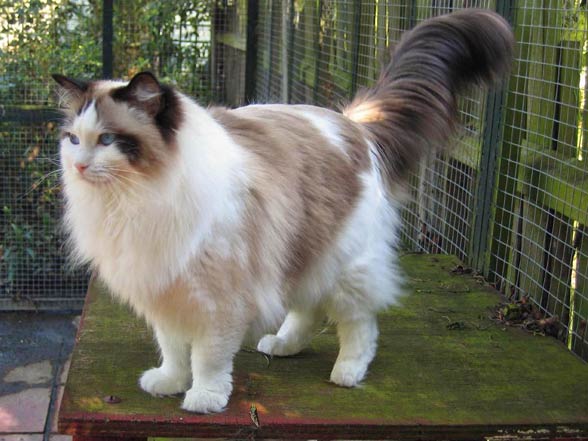
In contrast to other cats that are usually very independent, Ragdoll adapts to its owner’s daily routine – it goes to sleep, wakes up and functions when its owner does. Nevertheless, Ragdoll’s kittens are as brisk as the kittens of other breeds and they do not have a docile nature until they grow up. They become calmer and gentler towards humans with time.
Ragdoll is a great travel companion. It feels very well in various means of transport as well as in the hotels, as soon as it is always near its owner. It indicates that, in contrast to other cats, it becomes attached to the owner, not to the place.
It is said that its unusually calm nature may have been passed down from the Persian and Birman breeds. Nonetheless, according to some other theories, such docility is the result of a genetic mutation.
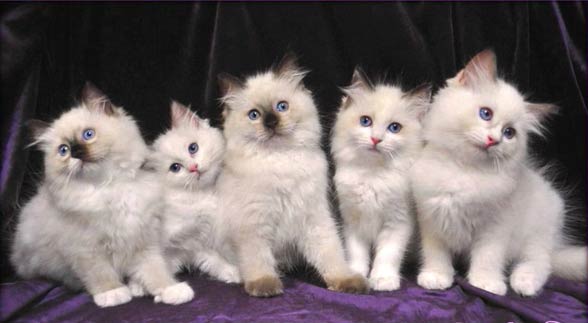
Detailed information / size
- Height at shoulders:
- males: about 40 cm (16 in)
- females: about 35 cm (14 in)
- Weight:
- males: 5.4 – 9.1 kg (11.9-20 lb)
- females: 3.6 – 6.8 kg (7.9-14.9 lb)
- Lifespan: 9 to 15 years or more

Ragdoll – curiosities
- The breed was given the name “Ragdoll” because of those cats’ characteristic behavior – getting relaxed and limp while picked up, just like a ragdoll.
- In 1994, a variety named “Ragamuffin” was established due to Ann Baker’s reservation of the rights to the name “Ragdoll”, which in result could be used exclusively in relation to the cats from IRCA.
- An extreme docility characteristic to the breed led to the myth that Ragdolls are pain-resistant. Some British breeders have tried to breed out the docility claiming that it might turn against the cats.
- Within the breed, a rate of background inbreeding is high. Approximately 40% of specimens come from related parents. Around 45% of the genes come from only one founder.
